Optimal Timing for Drainage Service
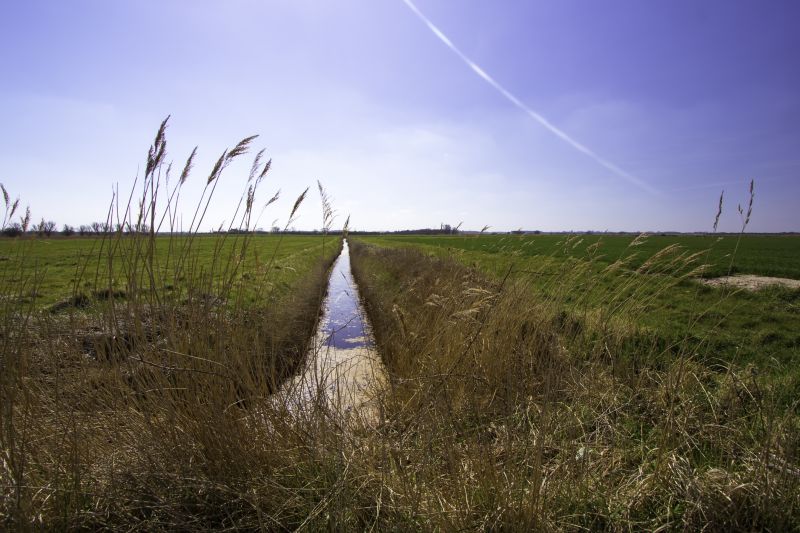
Spring is an ideal time for drainage services to prepare for heavy rainfall.

Performing drainage checks before summer storms can prevent flooding.
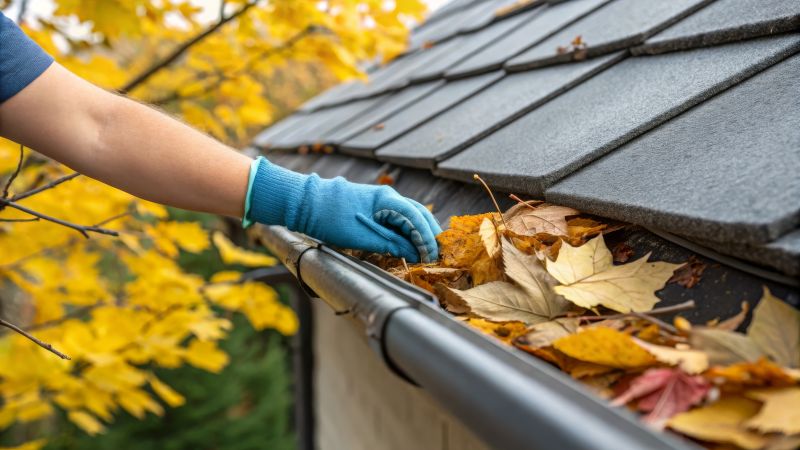
Fall is suitable for clearing debris and ensuring proper water flow.

Address drainage issues before winter to prevent ice buildup and damage.
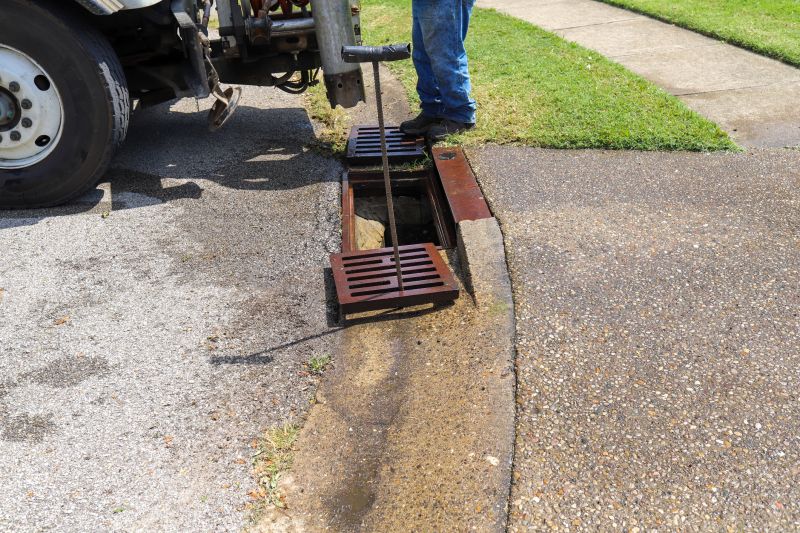
After heavy rains, drainage systems should be inspected for blockages.
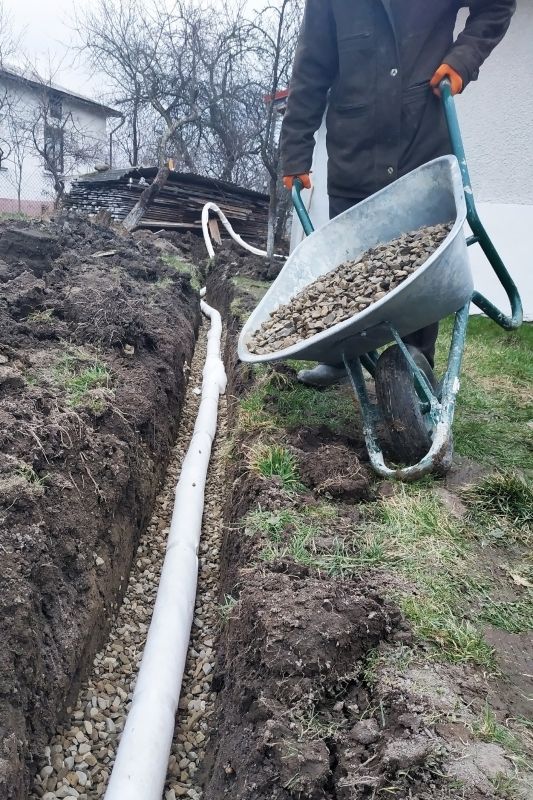
Drainage services are essential before new construction or landscaping.
Optimal timing for drainage service depends on seasonal weather patterns and specific site conditions. Performing maintenance before heavy rainfall seasons reduces the risk of blockages and backups. Conversely, post-storm inspections help identify and address issues caused by severe weather events. Scheduling drainage services at appropriate times ensures systems function efficiently, minimizing potential water-related problems.
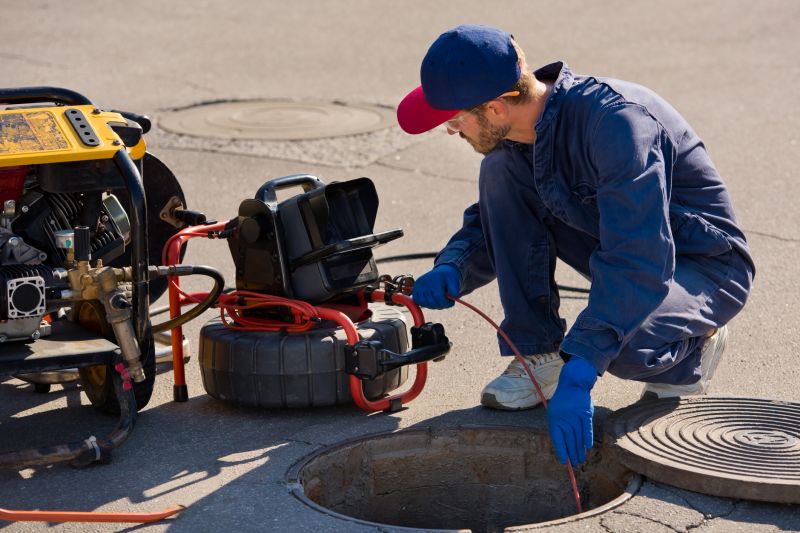
Regular inspections prevent blockages and ensure efficient drainage.
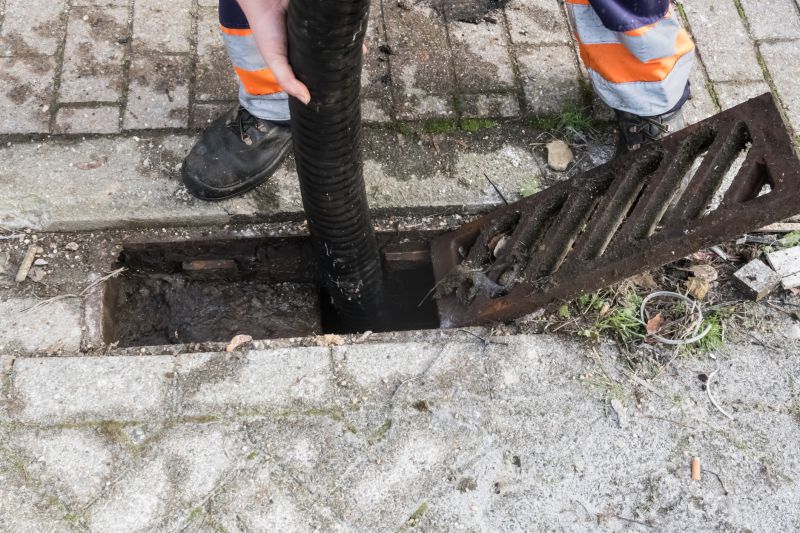
Removing debris and buildup maintains unobstructed water flow.
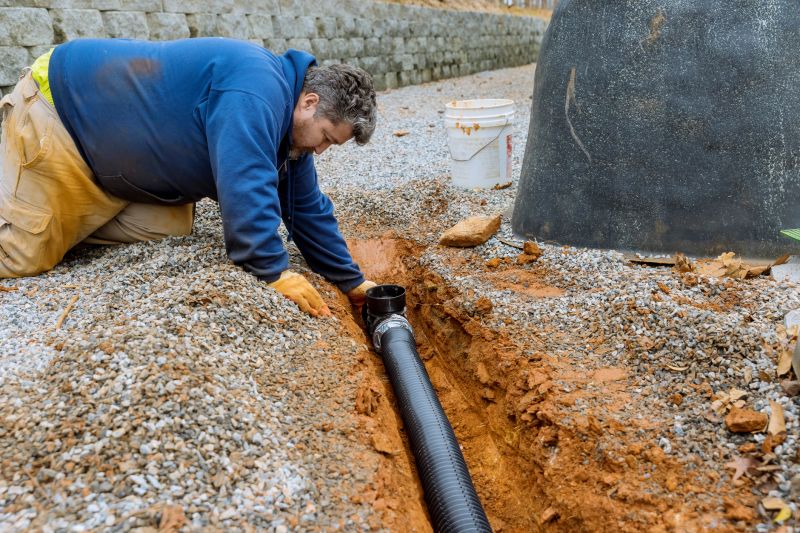
Timely repairs address damages and prevent system failure.
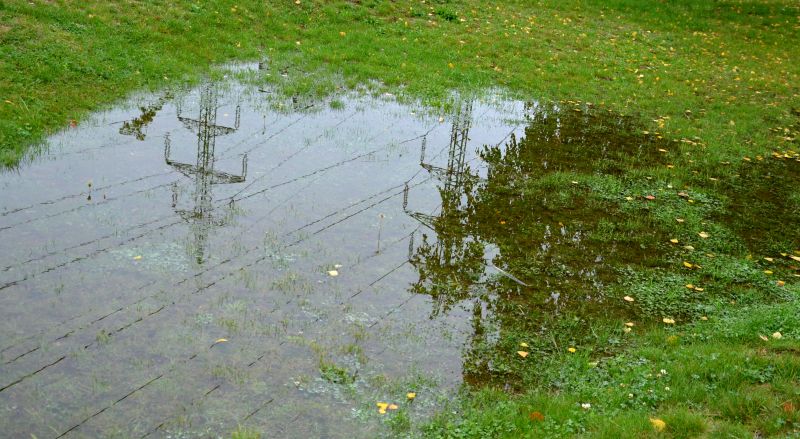
Proper installation reduces water pooling and soil erosion.
| Season | Ideal Drainage Service Timing |
|---|---|
| Spring | Prepares systems for increased rainfall. |
| Summer | Pre-storm preparation and maintenance. |
| Fall | Clearing debris and inspecting for blockages. |
| Winter | Preventative measures before freezing temperatures. |
| Post-Storm | Inspection after heavy rainfalls. |
| Pre-Construction | Before new construction begins. |
| Routine | Scheduled maintenance throughout the year. |
Scheduling drainage services at the right time can help prevent water accumulation, protect structural foundations, and maintain landscape integrity. Proper timing ensures that drainage systems operate effectively during peak rainfall periods and reduces the likelihood of emergency flooding. Regular assessments and timely interventions are key components of effective drainage management.
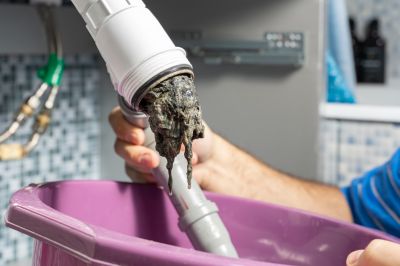
Ensures ongoing performance and prevents blockages.

Protects slopes and landscaping from water damage.
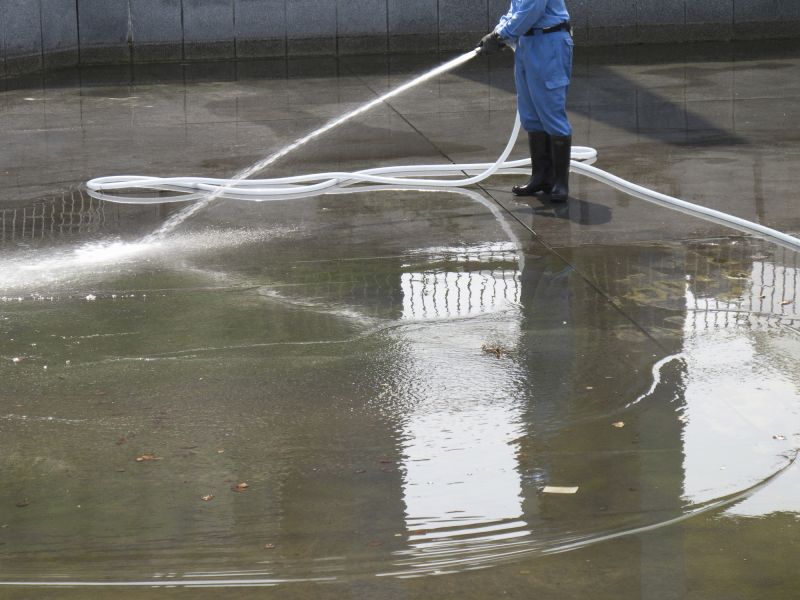
Removes debris to prevent backups and flooding.

Improves water flow away from structures.
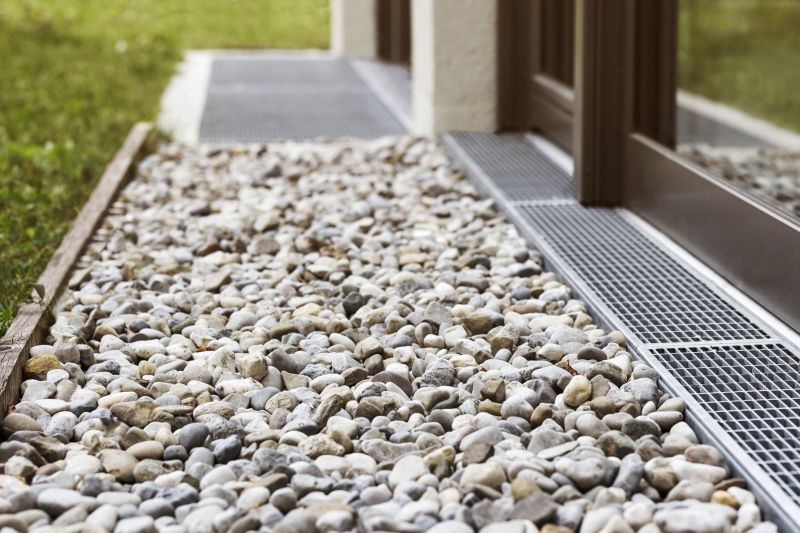
Provides effective drainage for wet areas.
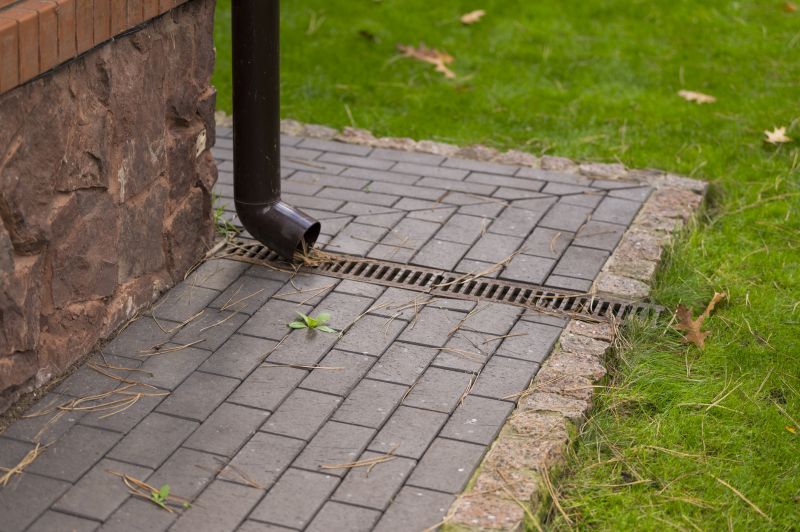
Redirects roof runoff to prevent pooling.
Interested parties are encouraged to contact for further details or to schedule a drainage service. Proper timing and maintenance can significantly reduce water-related issues, safeguarding property and landscape.
Ways to make Drainage Service work in tight or awkward layouts.
Popular materials for Drainage Service and why they hold up over time.
Simple add-ons that improve Drainage Service without blowing the budget.


